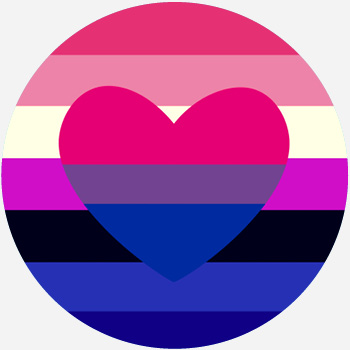

Trans people may describe themselves using one or more of a wide variety of terms, including (but not limited to) transgender, transsexual, gender-queer (GQ), gender-fluid, non-binary, gender-variant, crossdresser, genderless, agender, nongender, third gender, bi-gender, trans man, trans woman, trans masculine, trans feminine and neutrois.Ī person whose gender identity doesn’t sit comfortably with ‘man’ or ‘woman’. Non-trans is also used by some people.Ī person whose gender identity is not the same as, or does not sit comfortably with, the sex they were assigned at birth. Someone whose gender identity is the same as the sex they were assigned at birth. Check through your work and replace 'he/she' with 'them' and if addressing letters or emails, use a gender-neutral address such as “To whom it may concern” or “Dear Student/Colleague”. There is no reason to use gendered pronouns in any policies or letters you are writing (unless writing to a specific person and they have already told you their pronouns). This helps everyone to refer to each other in a respectful way.Īdd your pronouns to the end of your name.Īdd your pronouns to your bio or your screen name on the social media platform(s) you are using. If you make a mistake, correct yourself and move on.Īdd your pronouns to your email signature by putting your name (he/him), (she/her) or (they/them) or “My pronouns are.”. If you aren’t sure what the right pronoun is, ask. Use the name and pronoun that the person asks you to.“There is someone here to see you, I’ll ask them to take a seat”. Try to get in the habit of using ‘they/them’ until you know someone’s pronouns, e.g.Get into the habit of introducing yourself with your pronouns.Introducing yourself and others in meetings, seminars and other occasions
#GENDER FLUID PERSON HOW TO#
Ideas on how to introduce and use pronouns This helps create a more inclusive environment and avoids making assumptions about someone's gender identity based on their appearance, name, their gender expression (or presentation), or other characteristics. We encourage staff and students to introduce themselves with their pronouns, for example, in meetings, classes and by including them on email signatures. Some people may prefer others to refer to them in gender neutral language and use pronouns such as they/their and ze/zir.” ( Stonewall). People may change the pronouns they go by.

(Updated 2023). PFLAG LGBTQ+ Glossary of Terms.Pronouns are “words we use to refer to people’s gender in conversation - for example, ‘he’ or ‘she’. Gender fluidity: What it means and why support matters. Gender Identity and Non-Binary Presentations in Adolescents Attending Two Specialized Services in Italy If you are unsure about which terms or pronouns a person uses, the best way to find out is by simply asking them.įor more information on this topic, please read this publication from The Journal of Sexual Medicine: It is important to use the terms and descriptors that a person requests that you use with regard to their gender identity. There are many terms that refer to gender identity and gender fluidity, so it may be confusing for a person as they try to find a term that they identify with. While some gender fluid individuals may identify as nonbinary, genderqueer, gender nonconforming, gender diverse, or gender expansive, others may prefer to use different terms. The term “gender fluid” can also refer to a fluid form of gender expression (i.e., the way that a person expresses their gender, typically through clothing, appearance, behavior, mannerisms, etc.) For example, one may wear clothing that is generally associated with women (e.g., dresses, high heels, etc.) at some points in their life, and clothing that is generally associated with men such as suits and ties at other points in their life. They may also identify as a combination of genders or as having no gender. This person may identify as male at times and female at other times. To be gender fluid means that a person’s gender identity may change or shift over time or from day to day. Sometimes, a person’s gender identity is not fixed, and they may identify as gender fluid. There are many other terms that are used to describe different gender identities. Some individuals may identify as nonbinary, which means that their gender identity may exist between or beyond the male-female binary. Not everyone’s gender identity fits into a binary view of gender as being either male or female. Transgender people are individuals whose gender identity does not match the sex they were assigned at birth such as a person who was assigned female at birth but identifies as a man. One might identify as a man, a woman, a combination of genders, or no gender at all.Ĭisgender individuals identify as the gender that matches the sex they were assigned at birth. A person’s gender identity refers to their inner sense of self with regard to their gender.


 0 kommentar(er)
0 kommentar(er)
